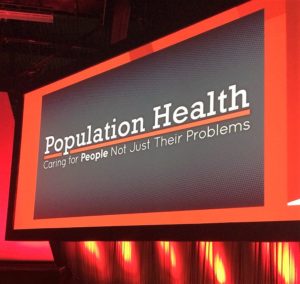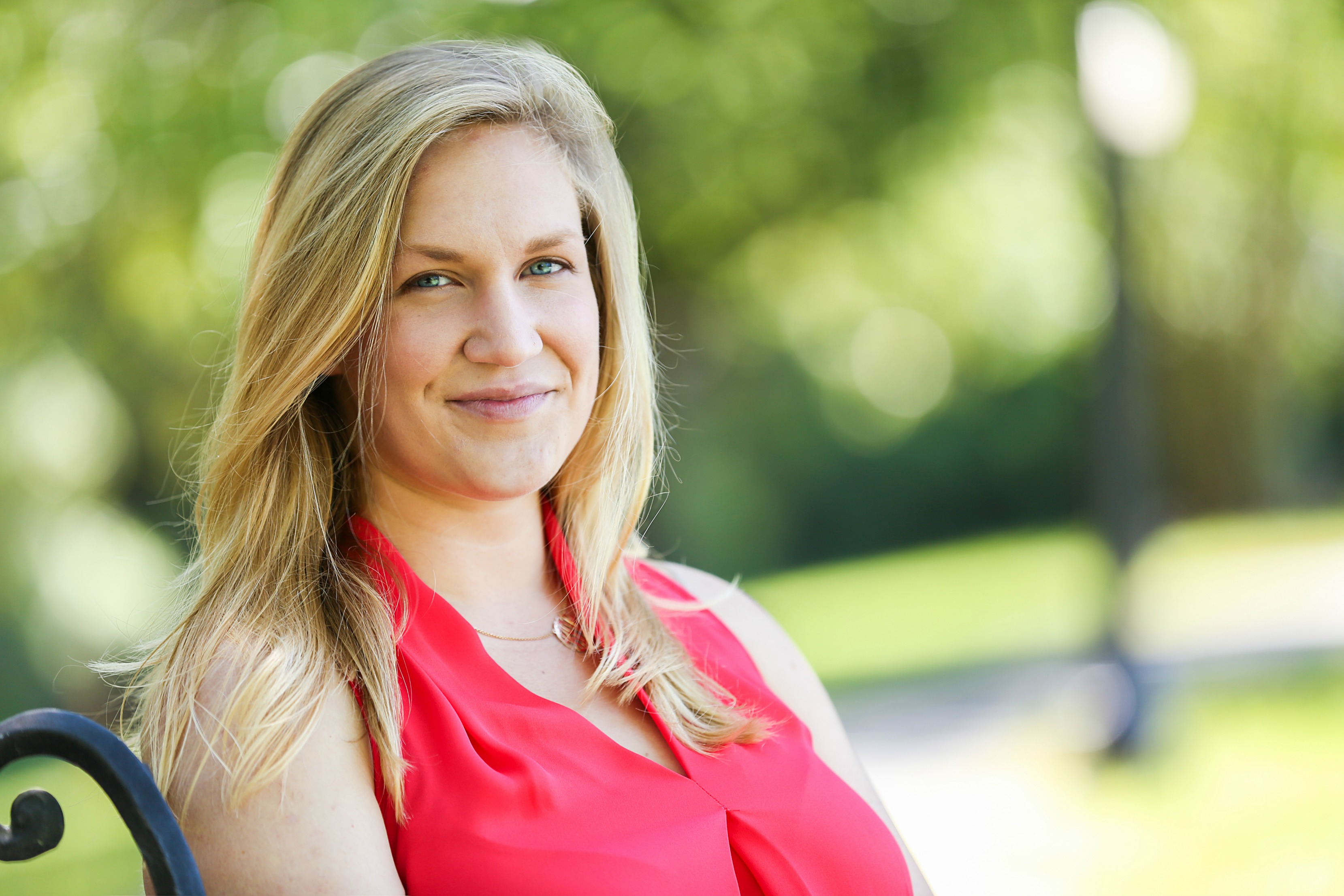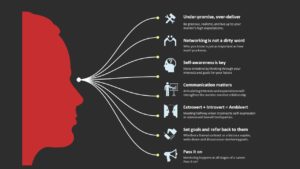An Effective Call To Action

Sitting in the second row at Opening Session on Sunday, surrounded by the 180-degree video experience and bathed in red lights, I was moved most by AHA President Dr. John Warner’s call to action.
In just these first 2 days at AHA 2017 Scientific Sessions, I’ve learned more about who the AHA is, what they do, and why they do it, than I could in any other platform. Through Dr. Warner’s personal story, reflecting on how cardiovascular disease took the older men from his family far too soon, spurring his career in medicine, and his experience championing on behalf of the citizens of Dallas to make the 8th largest city in the United States smoke-free, he summed it up better than I could: “AHA helps you see the health of your community in a different way.”
Moving beyond the wash-rinse-repeat cycle of research, present, publish, impacting public health outside of the lab and the hospital is where the AHA shines.
“The voice of healthcare leaders need to be heard in the community,” Warner said. And the key word is engagement.
Championing quality improvement programs like Get with the Guidelines and Target initiatives at your hospital; lobbying on behalf of affordable health care for your patients; and advocating for more walking and bike paths, and access to healthy foods in your city are key to expanding your impact.
Dr. Donald Lloyd-Jones from Northwestern shared his perspective on the AHA on Saturday at the Early Career Lunch with Legends. He’s realized, over 20 years of volunteering with the AHA, that it’s an organization that has its priorities right.
The AHA reaches beyond competitive lines and knocks down barriers to bring together key partners to benefit communities. Saying yes to AHA is saying yes to your community.

Bailey DeBarmore is a cardiovascular epidemiology PhD student at the University of North Carolina at Chapel Hill. Her research focuses on diabetes, stroke, and heart failure. She tweets @BaileyDeBarmore and blogs at baileydebarmore.com. Find her on LinkedIn and Facebook.
